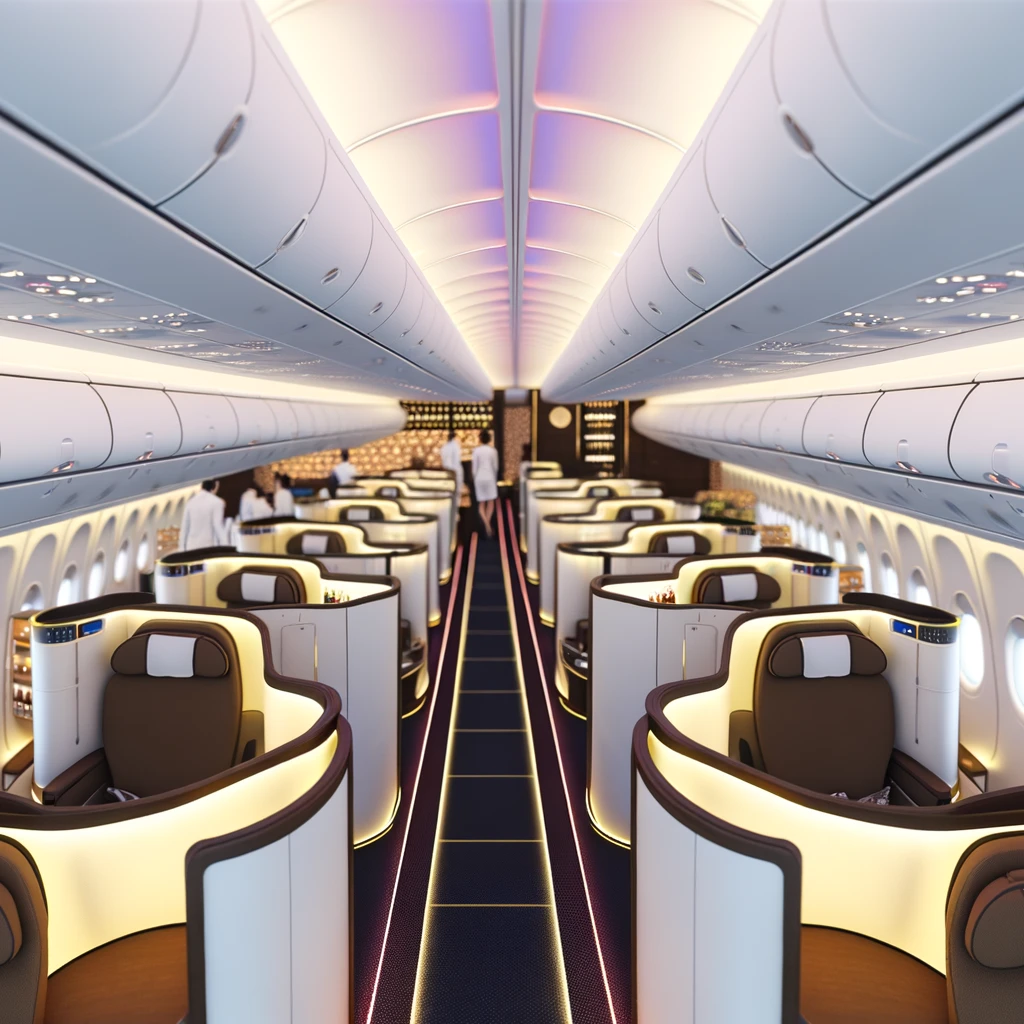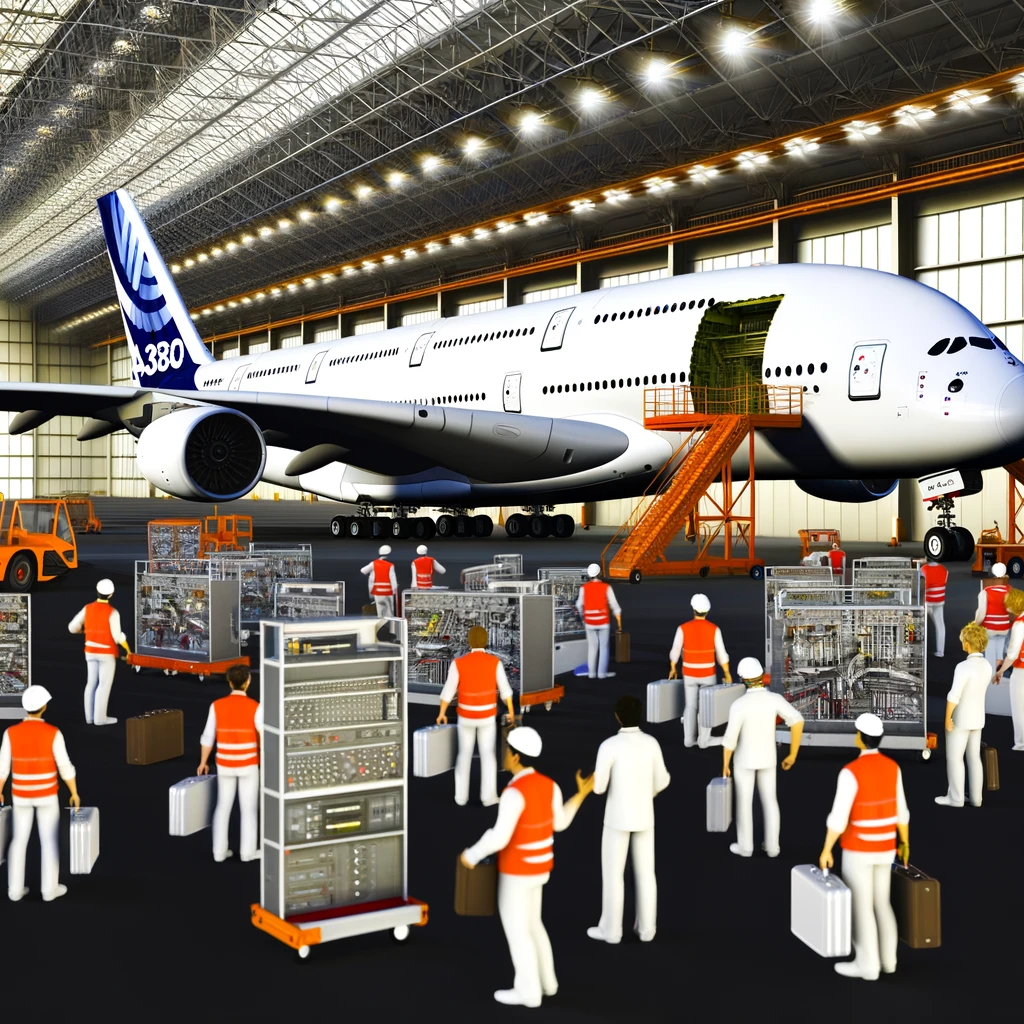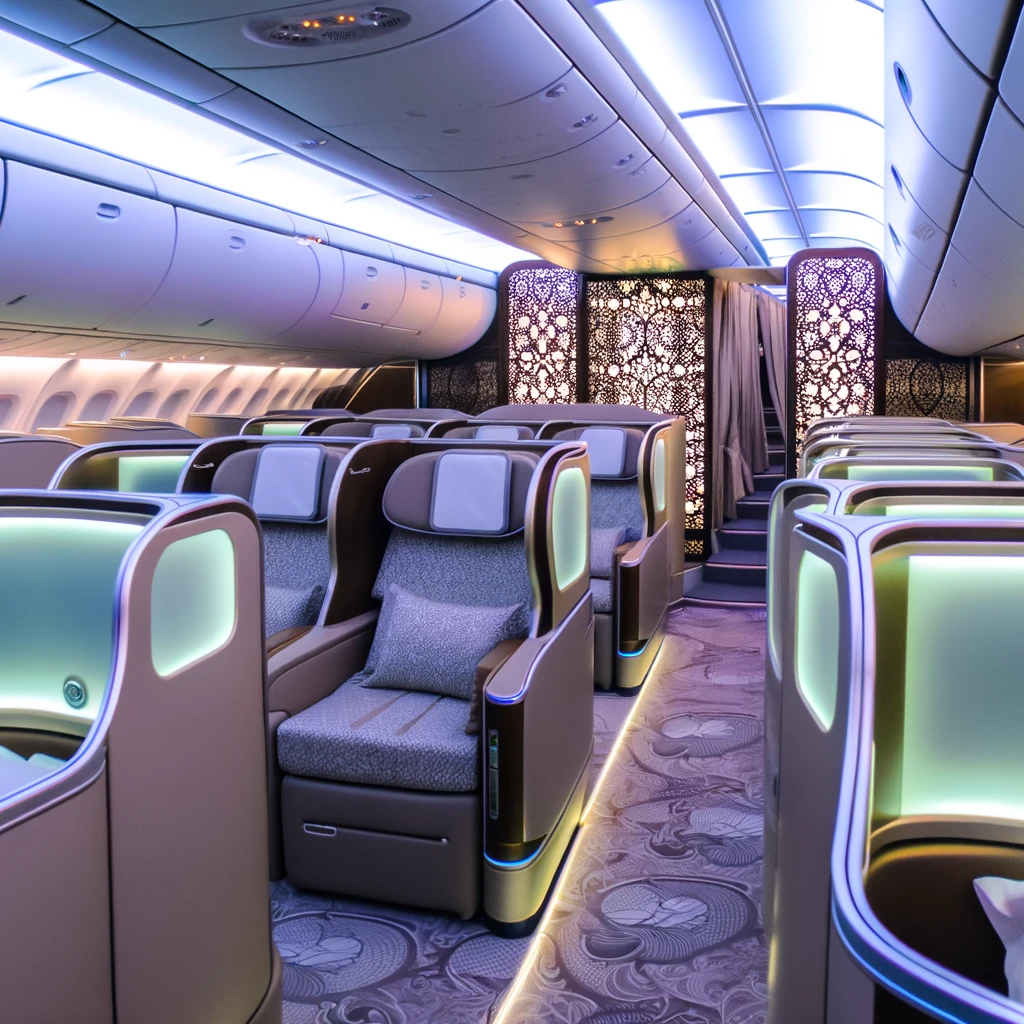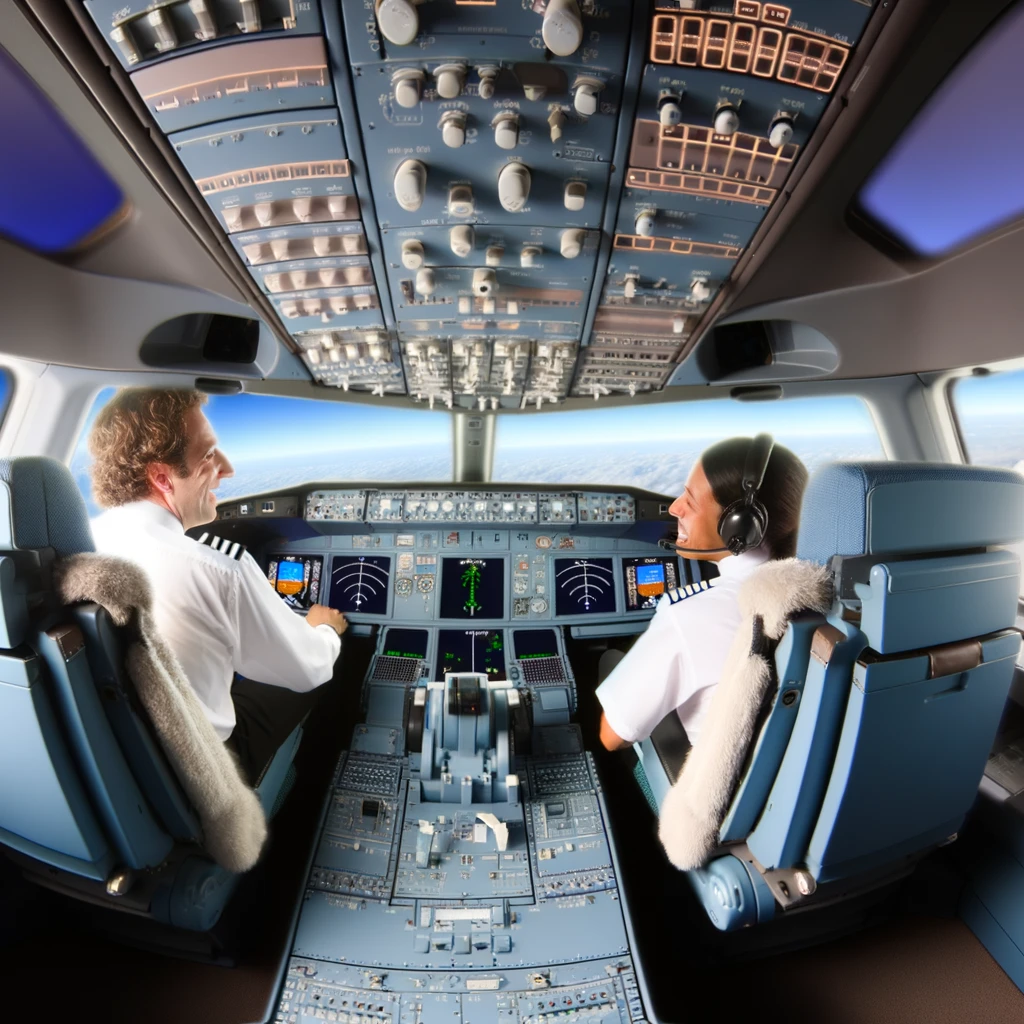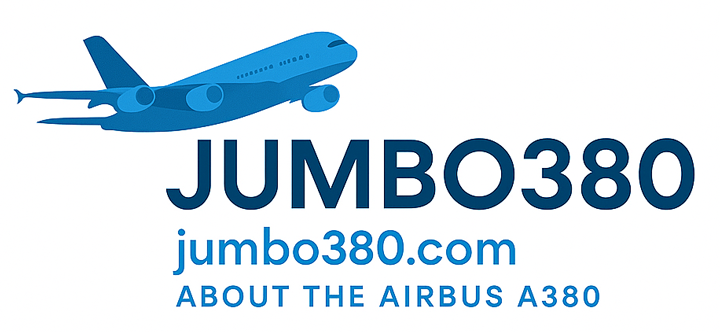
The Airbus A380: A Revolutionary Giant
Launched in the early 2000s, the Airbus A380 was designed to be the crown jewel of aviation, a behemoth that could carry more passengers than any other commercial aircraft. The A380 was not just an engineering marvel but also a symbol of ambitious aspirations in aviation. This aircraft was intended to revolutionize air travel by providing luxurious experiences while addressing the increasing demand for air transport.
Technological Innovations and Challenges
The A380 introduced several cutting-edge technologies, from advanced aerodynamics to sophisticated avionics. Its engines were designed to be more fuel-efficient and quieter compared to its predecessors, aiming to meet environmental regulations and enhance passenger comfort. However, the complexity of these innovations posed significant challenges. The intricacy of its design and the scale of its production required substantial resources and coordination across global supply chains.
Lessons in Engineering and Design
The A380's development highlighted the importance of flexibility in design. While its double-deck structure offered unparalleled capacity, it also limited airport compatibility. Future aircraft designs need to balance innovation with practicality, ensuring that new models can integrate seamlessly into existing infrastructure.
Market Dynamics and Economic Implications
The initial vision for the A380 was to cater to hubs with high passenger volumes. However, shifts in market dynamics, including the rise of point-to-point travel preferences and smaller, more efficient aircraft, challenged this model. Airlines began favoring smaller, long-range aircraft that could offer direct flights with greater frequency and lower costs.
Understanding Consumer Preferences
A key takeaway from the A380 experience is the need to anticipate and adapt to changing consumer preferences. As travelers increasingly prioritize convenience and efficiency, the aviation industry must align its offerings to these expectations.
Environmental Considerations
As the industry faces growing pressure to reduce its carbon footprint, the lessons from the A380 underscore the need for sustainable innovation. Future aircraft must prioritize eco-friendly technologies and materials, balancing performance with environmental stewardship.
The Role of Regulations
Regulatory requirements will continue to shape aircraft design and operations. The A380 experience has shown that proactive engagement with regulators can facilitate smoother introductions of new technologies, ensuring compliance while driving innovation.
The Path Forward: Shaping the Future of Flight
The Airbus A380 has paved the way for future aircraft developments, offering insights into the complexities of modern aviation. As the industry looks ahead, the lessons learned from the A380 will inform strategies in innovation, market adaptation, and sustainability.
Collaborative Efforts in Aviation
Collaboration will be key in addressing future challenges. From manufacturers to airlines and regulatory bodies, a unified effort is essential to drive progress and ensure the resilience of the aviation industry.
In conclusion, the Airbus A380 was a bold experiment that has left a lasting impact on aviation. Its legacy will guide the next generation of aircraft, ensuring that the future of flight is both innovative and sustainable.
Related Articles
